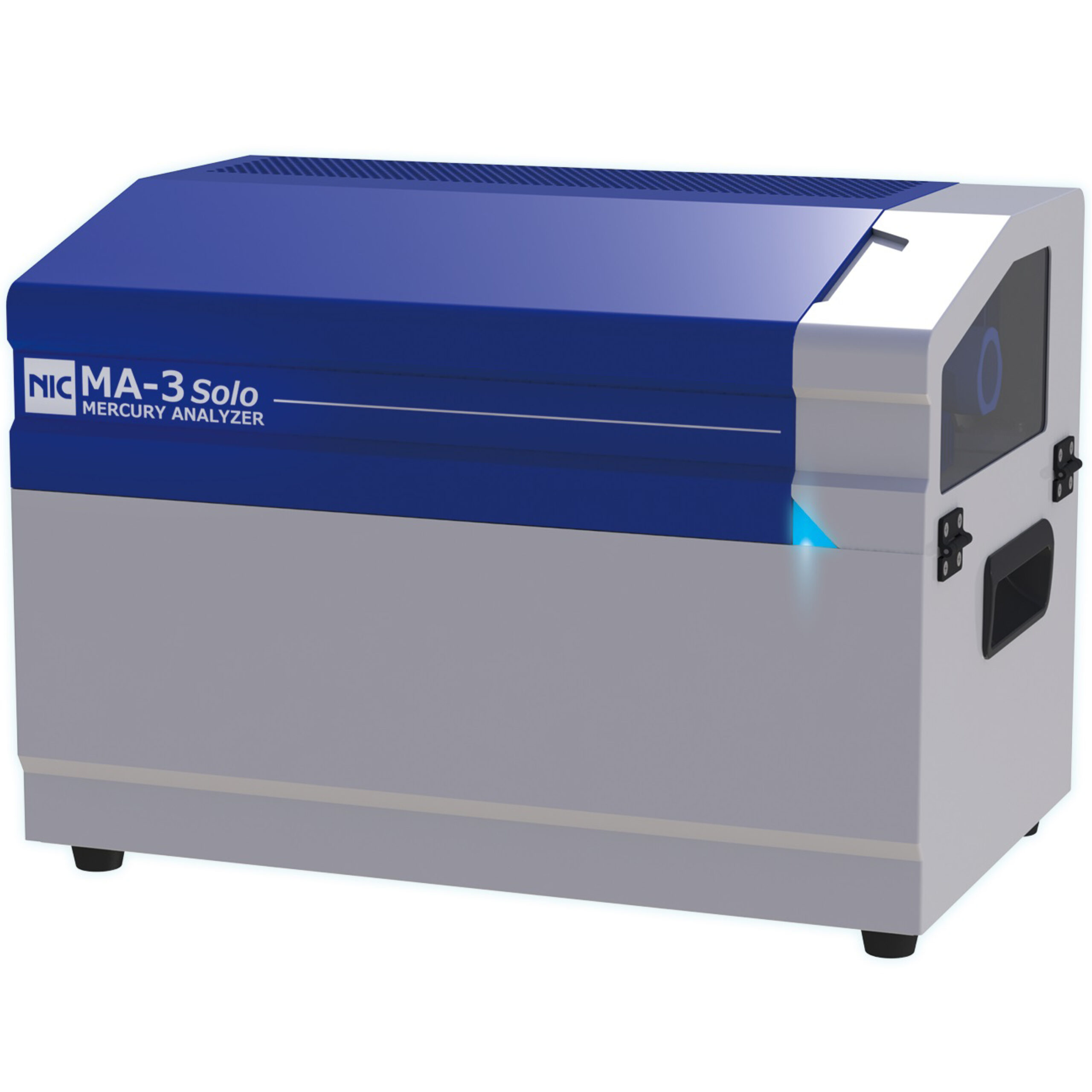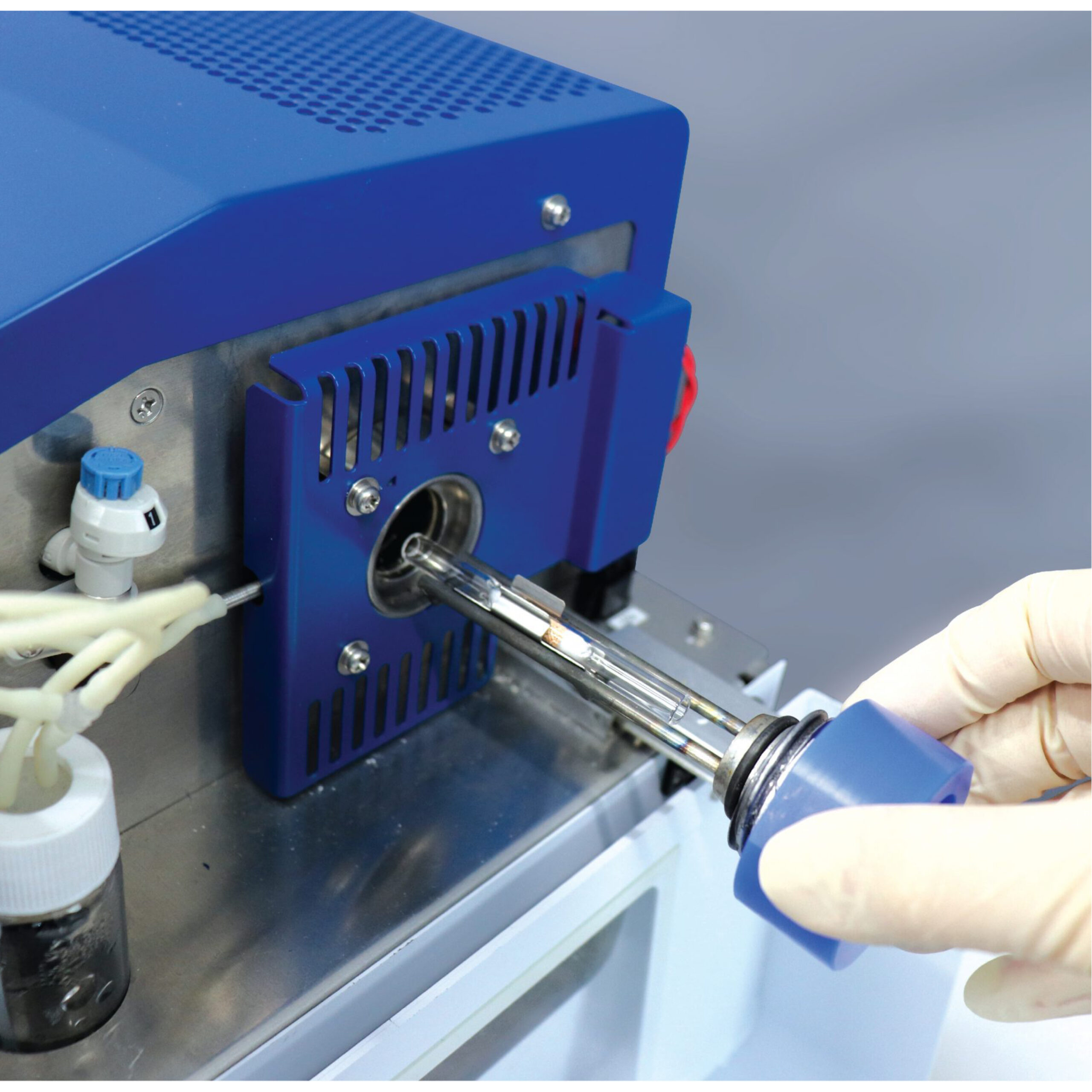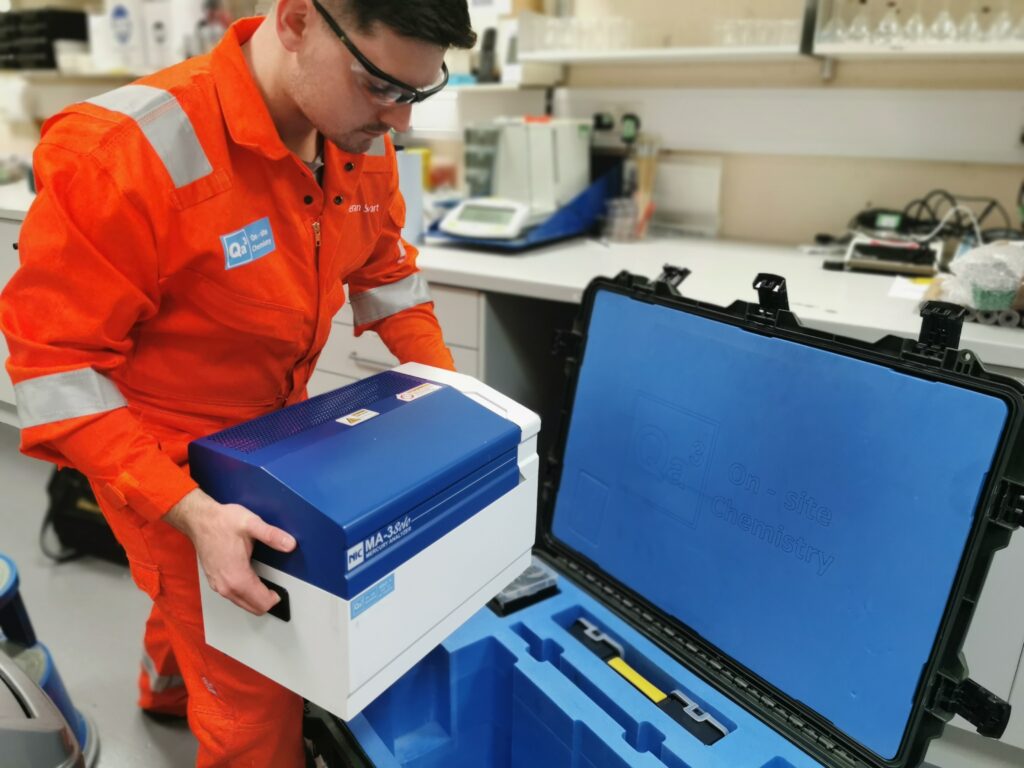Your advantages
Fast: receive your measurement result after just 5-12 minutes
Small, portable, handy: the device weighs only 13 kg and fits on a DIN A3 table surface
Wide measuring range: 0.01ng -10000ng absolute
Determination of the mercury content: in a wide variety of samples
High temperature cold vapor AAS (cold vapor) atomic absorption spectroscopy
Resource protection
Low operating costs: due to reusable ceramic sample boats and internal gas supply
Long service life & trouble-free operation: thanks to 2 robust semiconductor detectors that provide the quantification and reference measurements
Superior sensitivity: thanks to high-quality optical gratings that transmit the full intensity through the sample cell and the reference detector
Easy handling
Made for manual work: the MA-3 Solo works without an autosampler
User-friendly software: for easy operation, reporting and data storage
Simple sample application: simply place solid, liquid or pasty samples on the sample boats and start measuring.
Extension kits: enable the measurement of liquid and gaseous samples
No external gases required: saves costs and offers maximum flexibility in terms of installation location, as no gas connection is required
Our service for you
Expertise: Mercury analyses have been our core competence for decades. No matter what analytical challenge you have, we can help you
Comprehensive training: we take over the induction of your employees
Also there for you after the purchase: many questions only arise during work. We are here to answer all your questions about the device and your measurement




